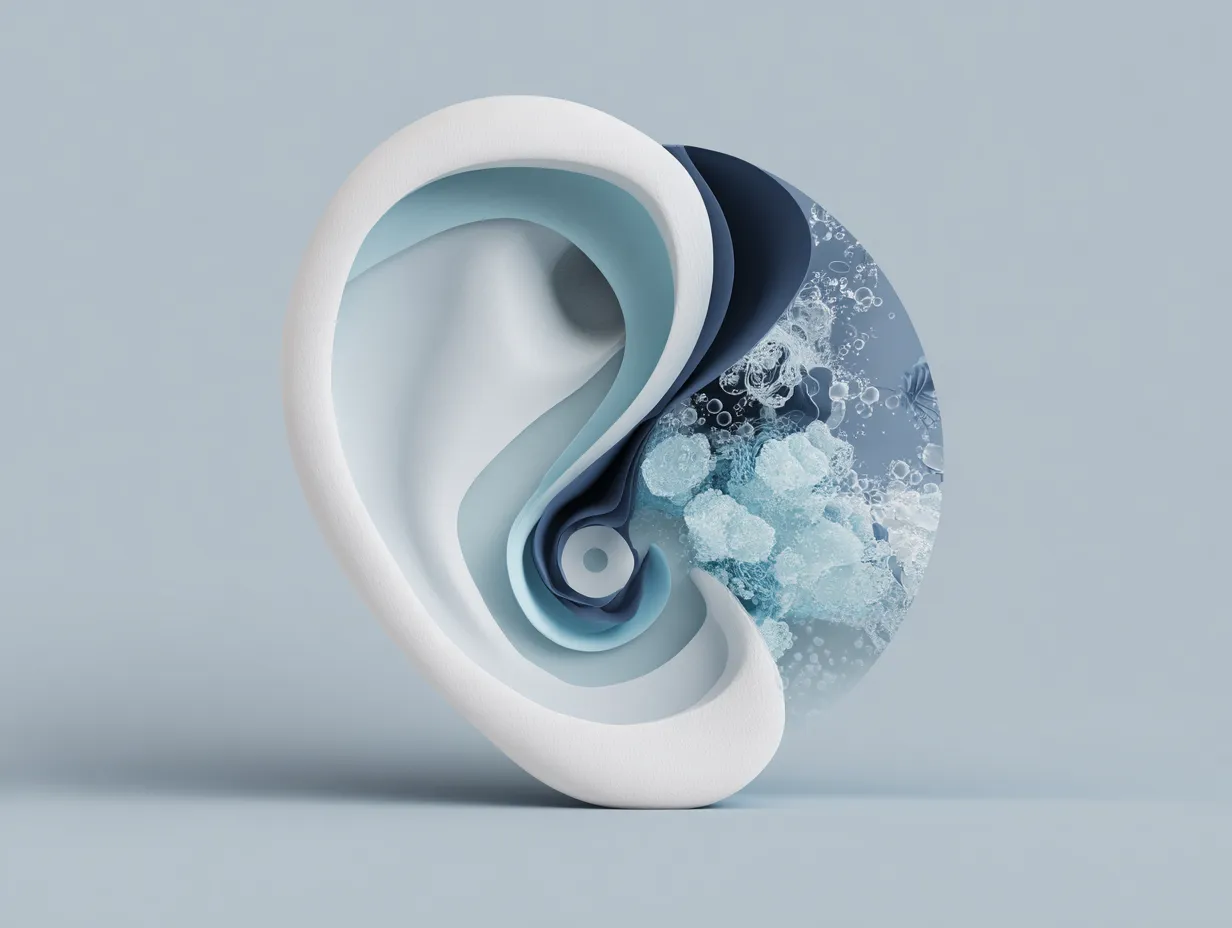COMMON CAUSES OF VERTIGO
Benign Paroxysmal Positional Vertigo
BPPV is the most common cause of vertigo and occurs when tiny calcium crystals in the inner ear become dislodged and disrupt normal balance signals. This leads to brief but intense spinning sensations triggered by changes in head position. We specialize in precise repositioning maneuvers, such as the Epley maneuver, to safely and effectively resolve symptoms and restore vestibular stability, often within just a few visits.
MIGRAINE-RELATED DIZZINESS
Vestibular Migraine
Vestibular migraine is a neurological condition that causes episodes of dizziness, vertigo, imbalance, and sensitivity to motion, often with or without a traditional migraine headache. Patients may also experience nausea, visual disturbances, and brain fog. At Texas Dizziness Centers, we specialize in identifying vestibular migraine triggers and providing targeted therapies that combine neurological care, vestibular rehabilitation, and lifestyle modifications to reduce the frequency and severity of episodes.
CHRONIC DIZZINESS & UNSTEADINESS
Persistent Postural-Perceptual Dizziness
PPPD is a chronic vestibular disorder characterized by ongoing dizziness, unsteadiness, and hypersensitivity to motion or complex visual environments. Symptoms are often triggered by standing, walking, or being in busy settings, and they can persist for months after an initial vestibular event. We treat PPPD with a combination of vestibular rehabilitation, cognitive strategies, and therapeutic support to retrain the brain and reduce functional dizziness over time.
POST-CONCUSSION SYMPTOMS
Concussion-Related Dizziness
Many patients experience dizziness, imbalance, and sensory disorientation following a concussion or mild traumatic brain injury (TBI). These symptoms may stem from vestibular, visual, or neurological disruptions. At Texas Dizziness Centers, we perform comprehensive evaluations and develop integrated treatment plans that target the root causes of post-concussion dizziness using vestibular rehabilitation, cognitive support, and neurotherapy techniques.
DIZZINESS & NECK DYSFUNCTION
Cervicogenic Dizziness
Cervicogenic dizziness is a form of imbalance and lightheadedness caused by dysfunction or inflammation in the neck, particularly the cervical spine. It often accompanies neck pain, stiffness, or a history of whiplash. Our team combines chiropractic care, spinal decompression, and vestibular therapy to restore neck function, reduce inflammation, and improve balance by addressing the cervical-vestibular connection directly.
INNER EAR DISORDER
Ménière’s Disease
Ménière’s disease is a chronic inner ear disorder that leads to recurring episodes of vertigo, tinnitus (ringing in the ears), a feeling of fullness in the ear, and fluctuating hearing loss. These episodes can be unpredictable and debilitating. At Texas Dizziness Centers, we use diagnostic tools to confirm the condition and implement medical management, dietary strategies, and vestibular therapy to reduce episodes and preserve inner ear health.
SUDDEN SEVERE VERTIGO
Vestibular Neuritis
Vestibular neuritis is an inner ear condition caused by inflammation of the vestibular nerve, often due to a viral infection. It results in sudden, severe vertigo, imbalance, and difficulty focusing the eyes, usually without hearing loss. Our clinic offers advanced diagnostic testing and customized treatment plans, including balance therapy and anti-inflammatory support, to help patients recover from acute attacks and regain full vestibular function.
VISUAL-VESTIBULAR DISFUNCTION
Visual Vertigo
Visual vertigo occurs when the brain has difficulty processing conflicting visual and vestibular signals, often triggered by scrolling screens, busy environments, or bright lights. Patients may feel disoriented, dizzy, or nauseated in visually complex settings. We treat visual vertigo using sensory re-integration therapy, vestibular exercises, and desensitization strategies to help patients regain visual-vestibular harmony and reduce daily triggers.
INNER EAR INFECTION
Labyrinthitis
Labyrinthitis is an inner ear infection or inflammation that affects both balance and hearing, causing sudden vertigo, nausea, and temporary hearing loss. It often follows a viral illness and may take weeks to fully resolve. Our team helps patients recover through medical management, balance retraining, and supportive therapies to reduce lingering symptoms and restore both vestibular and auditory function.
CHRONIC UNSTEADINESS
Bilateral Vestibulopathy
Bilateral vestibulopathy is a condition in which both inner ear balance systems are damaged, leading to chronic unsteadiness, difficulty walking in the dark, and visual blurring with head movements (oscillopsia). It can result from medications, infections, or degenerative changes. At our center, we use advanced diagnostics and customized vestibular rehabilitation strategies to help patients improve balance, reduce falls, and enhance quality of life.
DIZZINESS UPON STANDING
Orthostatic Intolerance & Dysautonomia
Dizziness upon standing, rapid heartbeat, and fatigue may be signs of orthostatic intolerance or dysautonomia, such as Postural Orthostatic Tachycardia Syndrome (POTS). These conditions involve dysfunction in the autonomic nervous system. We offer comprehensive assessments and collaborate with specialists when needed. Our treatments focus on nervous system regulation, hydration support, vestibular exercises, and lifestyle modifications to improve daily function and reduce symptom flare-ups.
PERSISTENT ROCKING SENSATION
Mal de Débarquement Syndrome
MdDS is a rare neurological condition where individuals feel a persistent rocking or swaying sensation after travel, most commonly following boat or plane rides. Unlike motion sickness, the sensation continues long after the motion stops. Our approach involves retraining the brain’s balance centers through vestibular therapy, visual-vestibular integration, and neuromodulation strategies to help reduce symptoms and restore a sense of grounded stability.
SOUND-INDUCED VERTIGO
Superior Canal Dehiscence Syndrome
SCDS is a rare inner ear disorder caused by a thinning or hole in the bone covering the superior semicircular canal. This can lead to vertigo triggered by loud sounds, pressure changes, or even one’s own voice. Diagnosis typically involves high-resolution imaging and vestibular testing. While surgical repair is an option in severe cases, we also offer conservative management to help patients cope with symptoms and prevent further deterioration.
INNER EAR TEAR
Perilymph Fistula
A perilymph fistula is a small tear or defect between the middle and inner ear that can cause dizziness, imbalance, and hearing changes, often after head trauma, barotrauma, or straining. Symptoms may worsen with activity or pressure changes. We assess for this condition through careful examination and refer for imaging or surgical consultation when needed, while also offering conservative support for symptom management.ents to your treatment plan as needed.


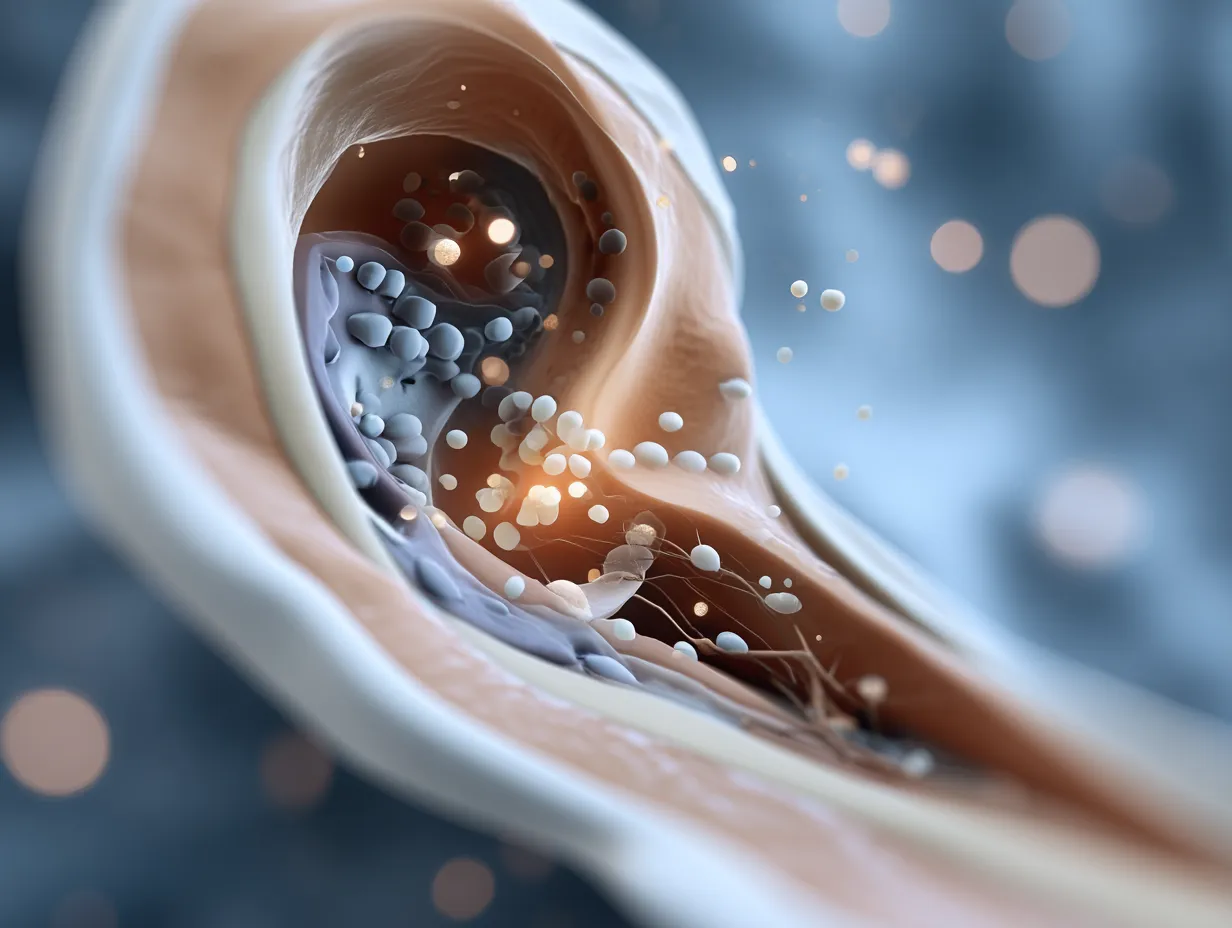
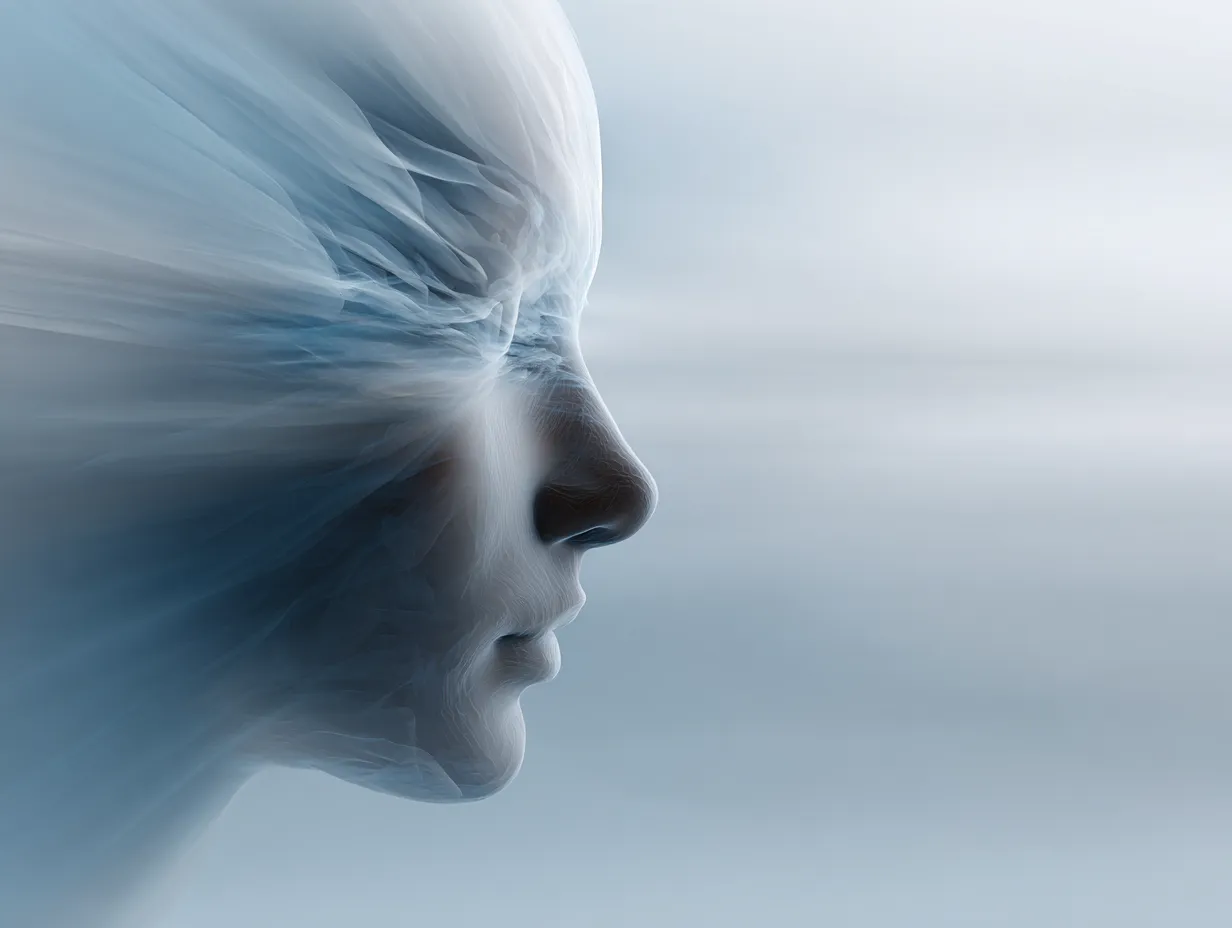

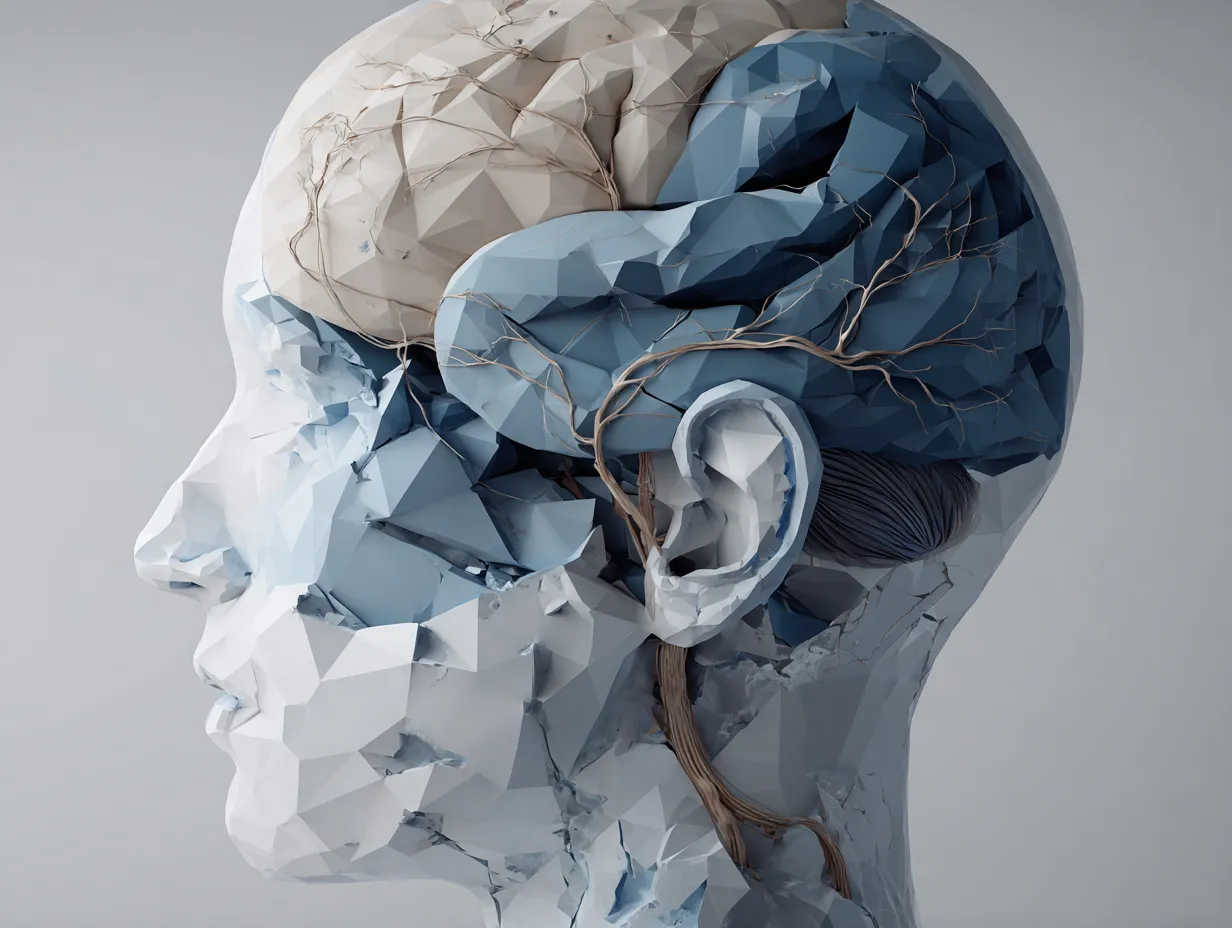
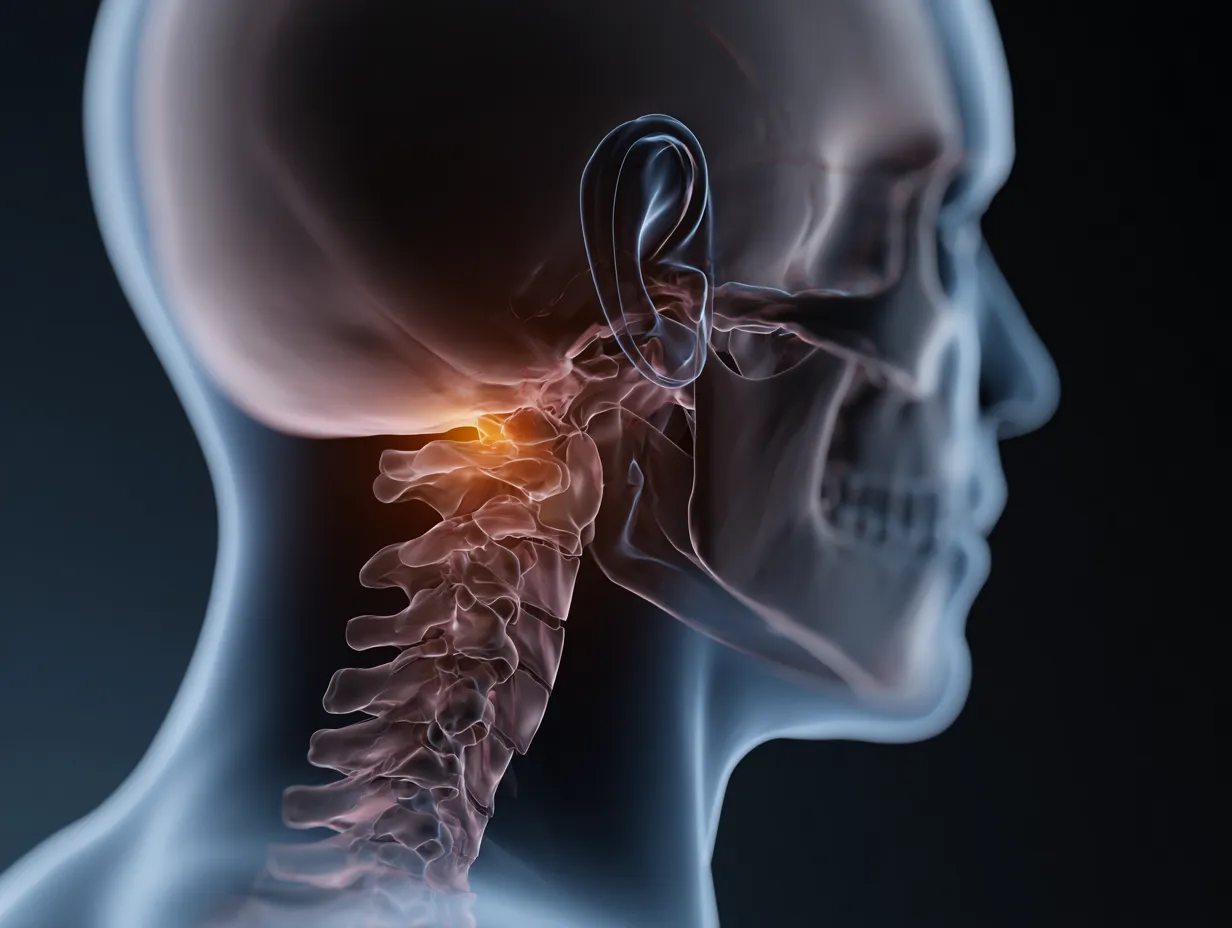
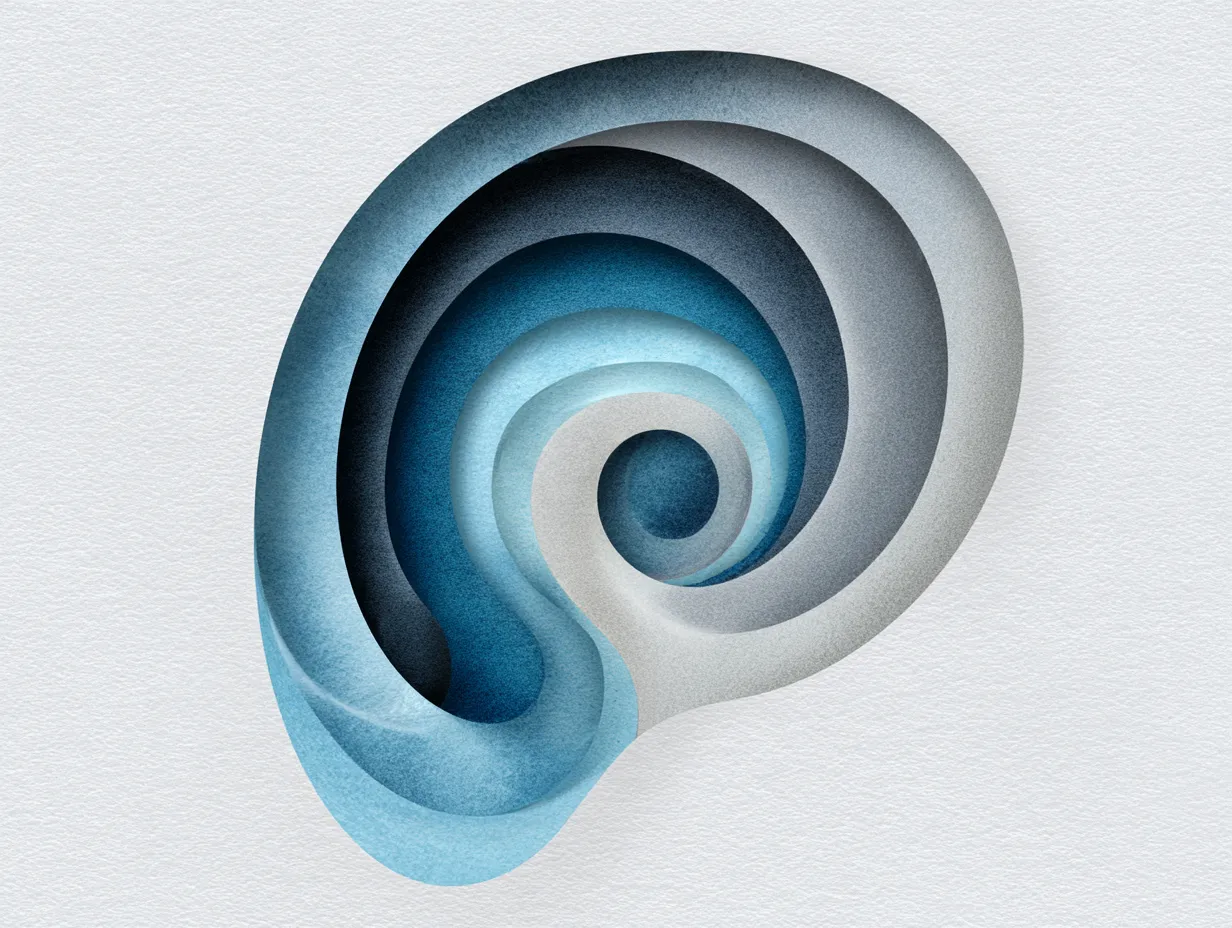
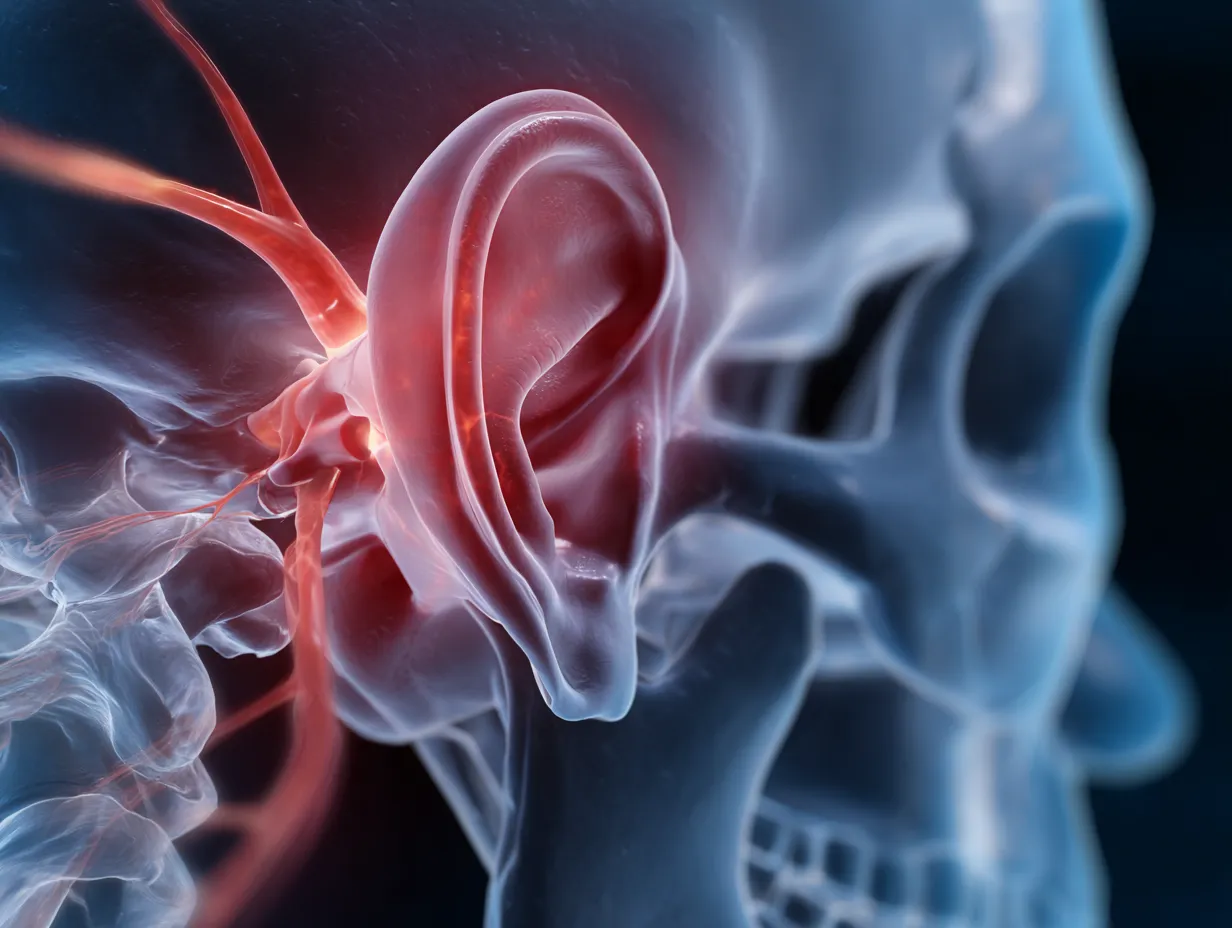
.webp)
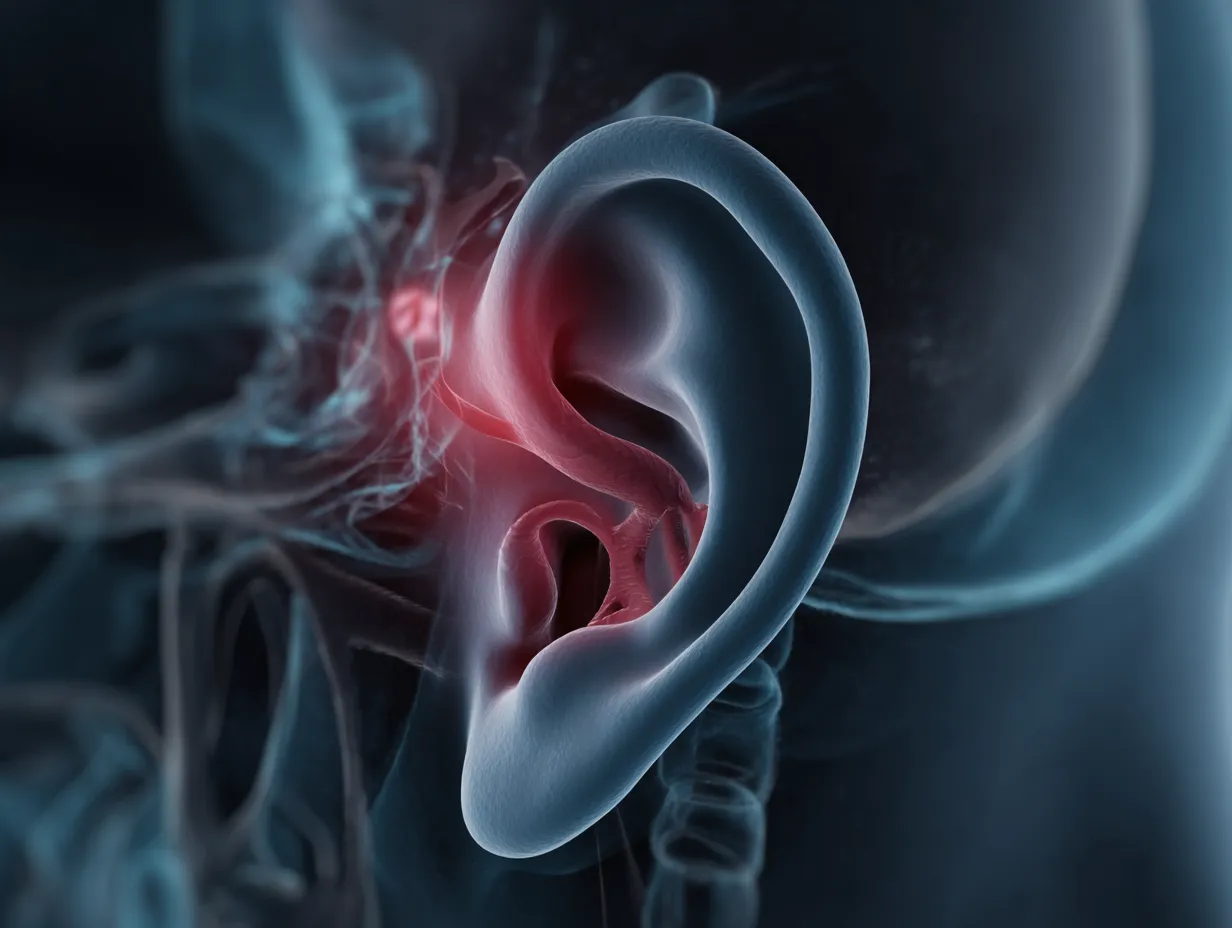
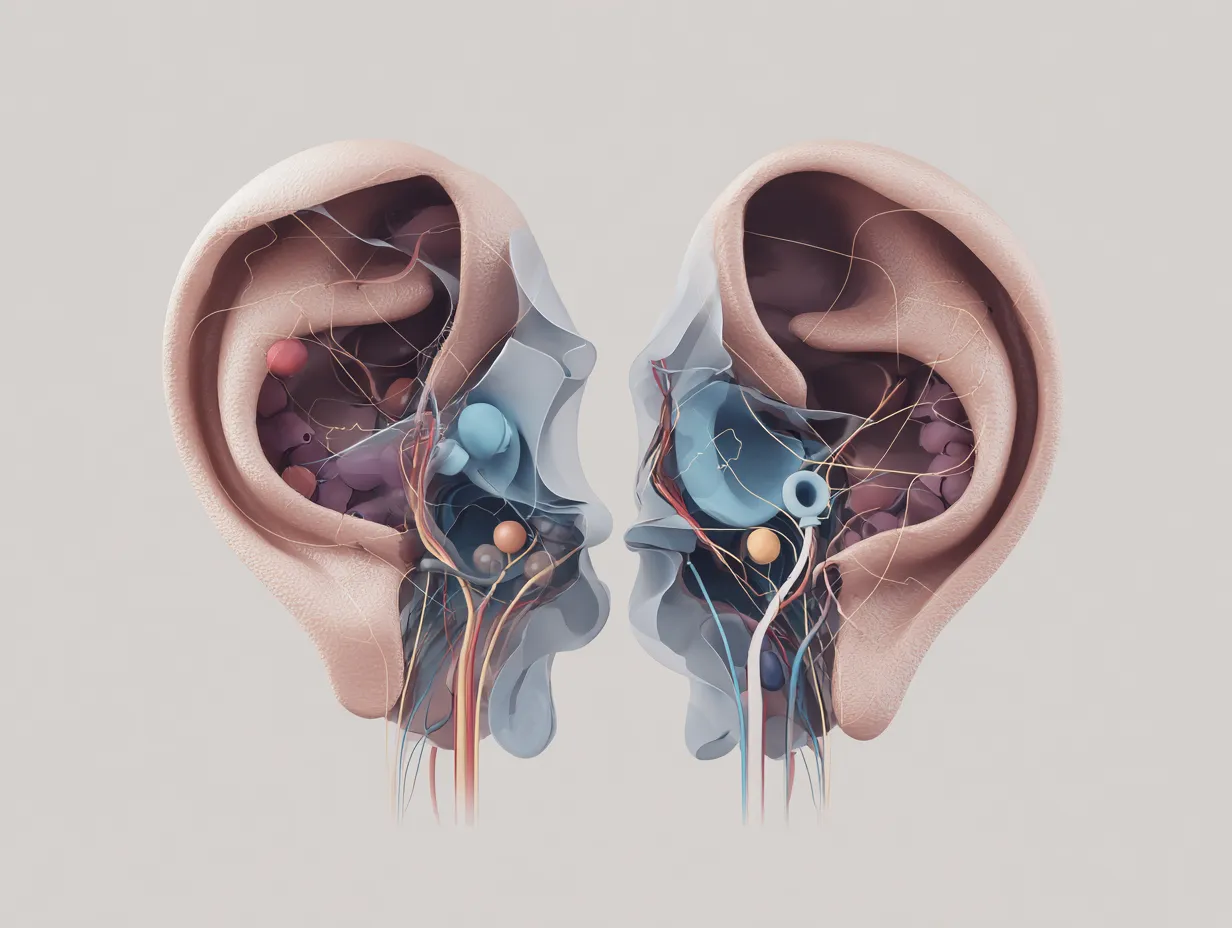
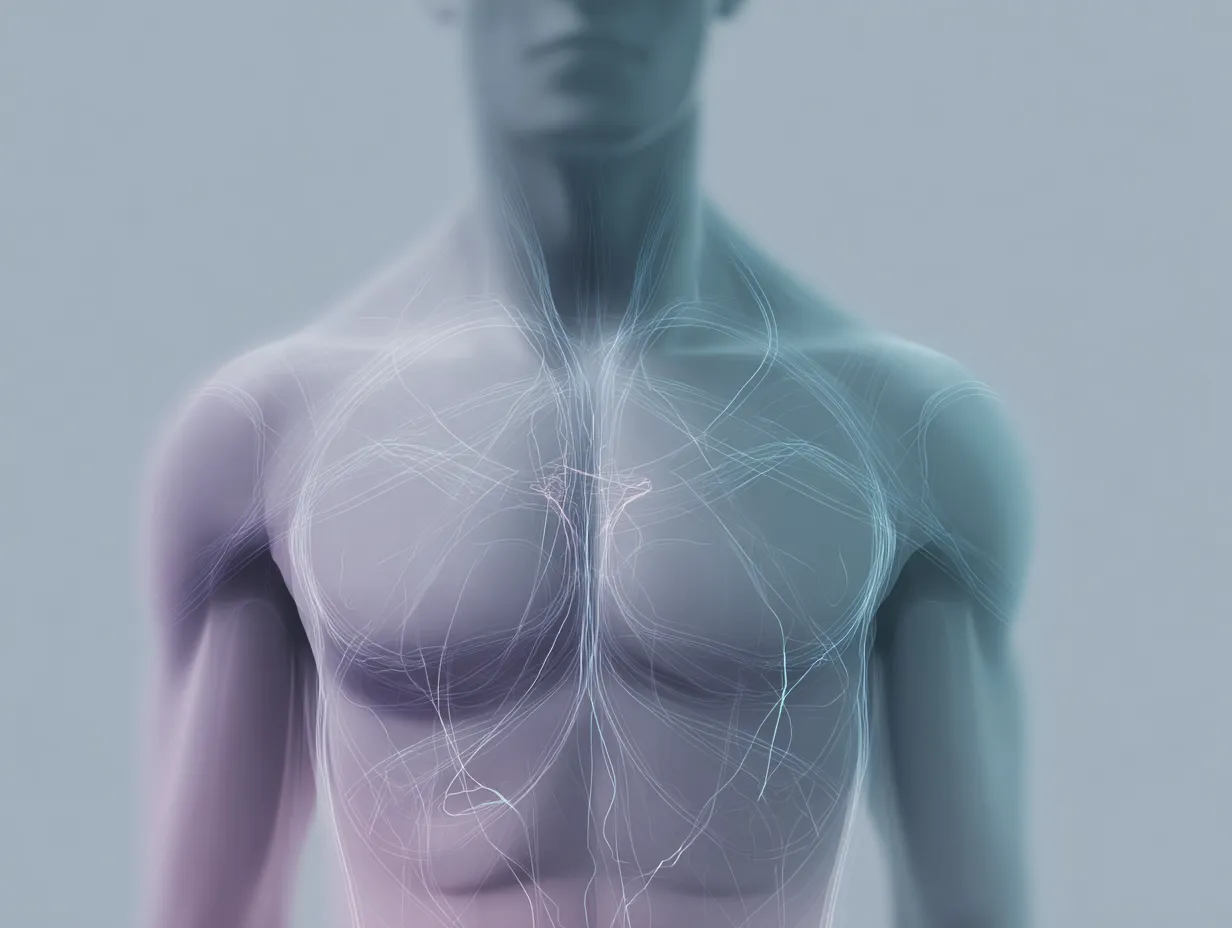
.webp)
.webp)
